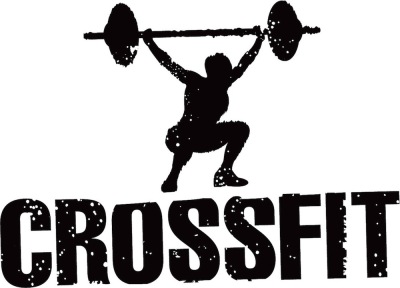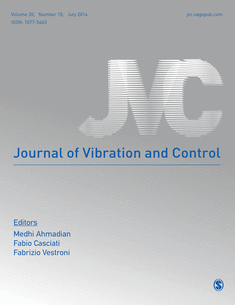 We came across a rather long-toothed retraction in the Journal of the American Statistical Association, which represents a case of doing the right thing (similar to that involving the apparent first-ever English language retraction from 1756, about which we wrote in 2012).
We came across a rather long-toothed retraction in the Journal of the American Statistical Association, which represents a case of doing the right thing (similar to that involving the apparent first-ever English language retraction from 1756, about which we wrote in 2012).
The 1927 notice came in the form of a letter by C. H. Whelden Jr., who was for a time the chief statistician for the American National Red Cross, referencing his 1926 article in the JASA,”The Trend-Seasonal Normal in Time Series:”
Continue reading Dipping into history: An 87-year-old retraction in a statistics journal

 Lawsuits are usually dry and boring, so it’s always fun to read one with a little life.
Lawsuits are usually dry and boring, so it’s always fun to read one with a little life. You’ve got to love when an author is willing to detail the specifics of an unhelpful retraction notice.
You’ve got to love when an author is willing to detail the specifics of an unhelpful retraction notice. Researchers at Qingdao University have fully retracted a paper originally published in Molecular Medicine Reports with a clear, detailed outline of what went wrong and how they discovered the error.
Researchers at Qingdao University have fully retracted a paper originally published in Molecular Medicine Reports with a clear, detailed outline of what went wrong and how they discovered the error. ow.”
ow.”
 The South African Journal of Botany has retracted a 2012 paper that claimed a variety of herbal extracts have antioxidant and anti-fungal properties, due to errors in “at least” one figure.
The South African Journal of Botany has retracted a 2012 paper that claimed a variety of herbal extracts have antioxidant and anti-fungal properties, due to errors in “at least” one figure. Two papers on “novel techniques” have been retracted with what is unfortunately a very non-novel technique: an odd notice and silence when we asked for comment.
Two papers on “novel techniques” have been retracted with what is unfortunately a very non-novel technique: an odd notice and silence when we asked for comment.